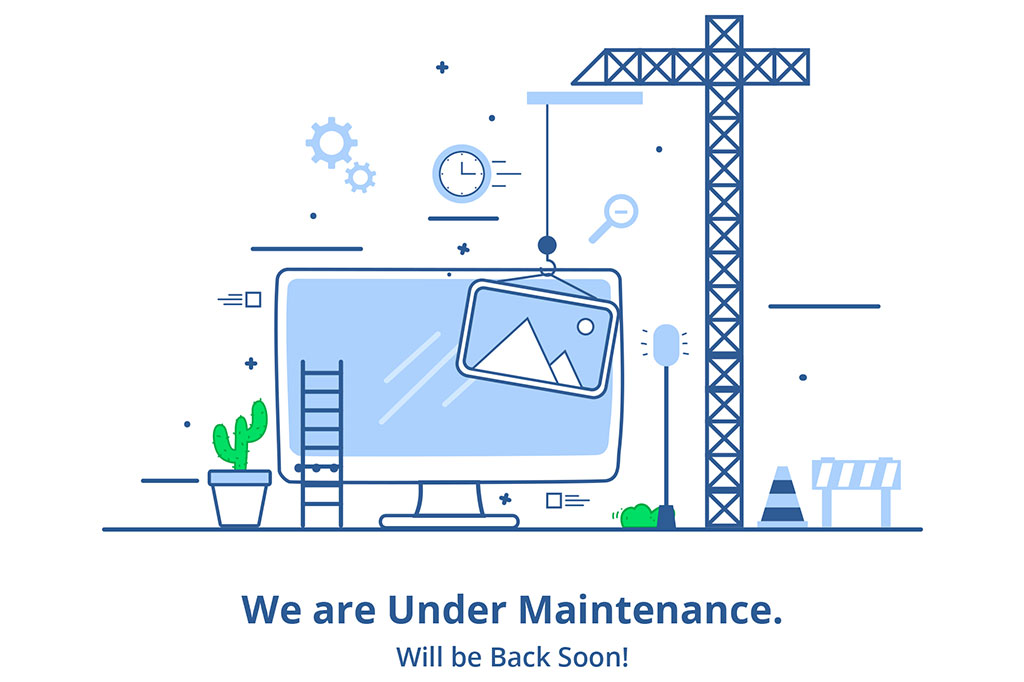
DevOps has burst onto the scene in software development as a method promoting ongoing collaboration between development and operations teams, enabling the consistent delivery of high-quality software. If you’re contemplating adopting DevOps, then having a well-designed strategy is crucial to ensure a successful transition and mitigate potential hurdles along the way.
1. Understand the Objectives and Benefits of DevOps
Before embarking on the migration to DevOps, it is important to understand the benefits that this methodology can offer to your organization. This includes improvements in development efficiency, faster delivery of products and services, higher software quality, increased collaboration between teams, and better ability to respond to market changes. Clearly define your objectives and communicate them to the entire team to align expectations.
2. Evaluate the Existing Infrastructure
Conduct a thorough assessment of your existing IT infrastructure. Identify the tools, processes, and resources currently used in software development and operations. This will help you identify areas that require improvement and determine which DevOps tools and practices are relevant to your organization.
3. Identify Relevant Teams and Roles
The success of migrating to DevOps depends largely on effective collaboration between development and operations teams. Identify the key teams and roles that will be involved in the migration process. Establish clear communication channels and foster collaboration among them. Consider creating cross-functional teams that work together to drive DevOps implementation.
4. Design a Training Plan
Transitioning to DevOps will require team members to acquire new skills and knowledge. Design a training plan that addresses the skill gaps identified during the infrastructure evaluation. Provide courses, workshops, and learning resources to help your team understand key DevOps concepts, as well as the associated tools and practices.
5. Implement Tools and Automation
DevOps relies on automation and the use of appropriate tools to streamline development and deployment processes. Therefore it is important to research and select tools that best fit your needs. This may include tools for source code management, continuous integration, automated testing, continuous deployment, and performance monitoring. Implement these tools gradually and ensure they align with your organization’s goals.
6. Establish Metrics and Iterate Improvements
Define clear metrics to assess the progress and outcomes of your DevOps migration. These metrics may include deployment frequency, delivery time, production environment stability, and customer satisfaction. Make iterative improvements based on these metrics, learning from successes and challenges along the way.
Migrating to DevOps is not just a technical matter; it is a cultural and organizational shift that requires careful planning. By following the steps mentioned above, you will be well on your way to planning and executing a successful migration to DevOps. Remember that change takes time and effort, but the long-term benefits in terms of efficiency, software quality, and collaboration are worth it.
If you need support during the process of migrating to DevOps, QualitApps can help. As experts in software development and quality control, we have experience in implementing the ISO 15504 standard and are familiar with agile methodologies and related processes. We can provide consulting and advisory services for migrating to Azure DevOps, ensuring a successful implementation and enhancing your software development and delivery practices.





